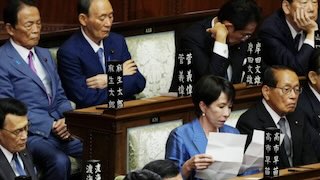May 15 (NHK) - Okinawa marks the 50th anniversary of its return to Japan from US rule on Sunday.
Commemorative ceremonies are scheduled to be held in the afternoon simultaneously by the prefecture and the central government at two venues in Okinawa and Tokyo, respectively.
The southern prefecture still faces many challenges after reversion, ranging from military base issues to economic disparities.
The Battle of Okinawa was one of the fiercest ground battles during the final stages of World War Two in 1945. The islands of Okinawa were under US control for 27 years after the war.
Most of the US military facilities in Japan are concentrated in Okinawa. The area occupied by those facilities has dropped to two-thirds of what it was at reversion, but Okinawa still hosts about 70 percent of all such installations. The prefecture accounts for only about 0.6 percent of the country's total land area.
The prefecture suffers from a number of incidents, accidents, and noise arising from the bases.
The central and prefectural governments remain at odds over the planned relocation, within Okinawa, of the US Futenma air station from Ginowan City to the less populated Henoko district of Nago City.
On the economic front, Okinawa's tourism revenue nearly doubled over the 10 years through 2019 due to rapid growth of its tourism industry.
The prefecture's unemployment rate has improved dramatically. It used to be about twice the national average. The rate has now fallen to 2.7 percent, narrowing the gap with the nation's average of 2.4 percent.
But income disparity remains high in Okinawa. The prefecture's average income per capita stood at about 2.4 million yen, or roughly 18,500 dollars, as of fiscal 2018. That represents only about 75 percent of the national average.
Source: TBS NEWS














